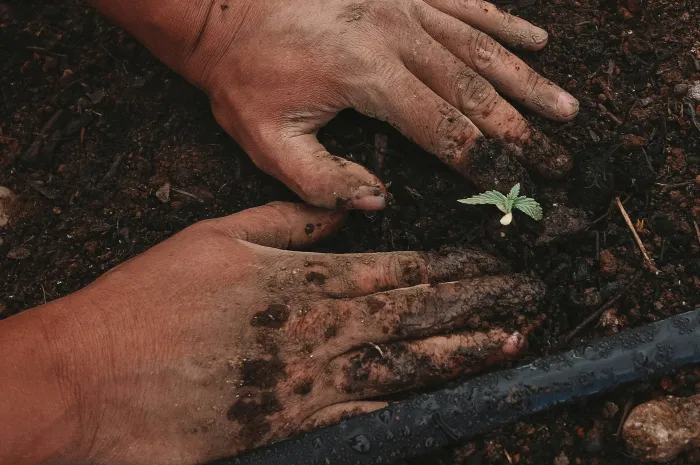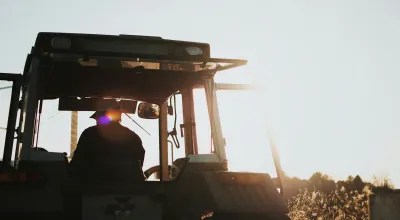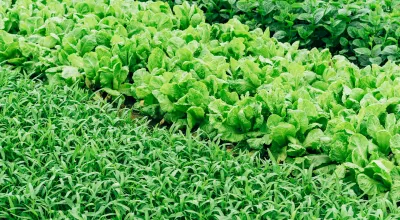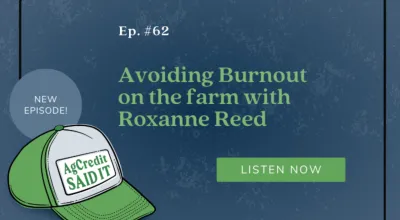
What Are Lines of Credit
Whether you’re a beginning farmer or an experienced operator, you’re probably no stranger to the unsteady cash flow that’s typical to the annual production cycle of agriculture.
Grain farmers need significant amounts of money for seed and inputs at the beginning of the year, only to reap the rewards come harvest time. Cattle finishing operations need to purchase calves, pay to feed them out, and then experience an influx of income when they are sold.
So, how do producers keep their purchasing power strong throughout the entire year? With an effective agriculture financing tool called a line of credit.
“I always describe a line of credit as like a credit card,” says Phil Young, AgCredit Said It host and account officer.
By having a line of credit, you can take advantage of opportunities when you see fit, like purchasing inputs for the next crop season when prices are lower, or having the flexibility to purchase feed when you need it.
Unlike a loan payment that’s paid back over time, lines of credit allow you to pull money out, and once it’s paid back on, can be pulled back out. Otherwise referred to as a revolving line of credit.
Lines of credit are a great cash flow tool for both starting farmers and well-established producers. For a first time borrower, a line of credit will typically be structured as a 12-month, variable rate, revolving line.
“That gets you acclimated to what an operating line is and helps us get to know your operation and how it functions,” says Phil.
However, there are non-revolving lines of credit that are appropriate for certain producers.
“When we look at revolving versus non-revolving, revolving fits well for a grain operation,” says Matt Adams, AgCredit Said It host and account officer. “When we look at non-revolving, I look at that more on our livestock feedlot producers.”
Lines of credit also need a renewal process.
Meeting with your loan officer to determine cost and income projections helps you secure what is needed.
“We want to make sure [the line of credit] fits within your repayment capacity for the crop or the animal that’s going to be produced to repay the loan,” explains Matt.


























